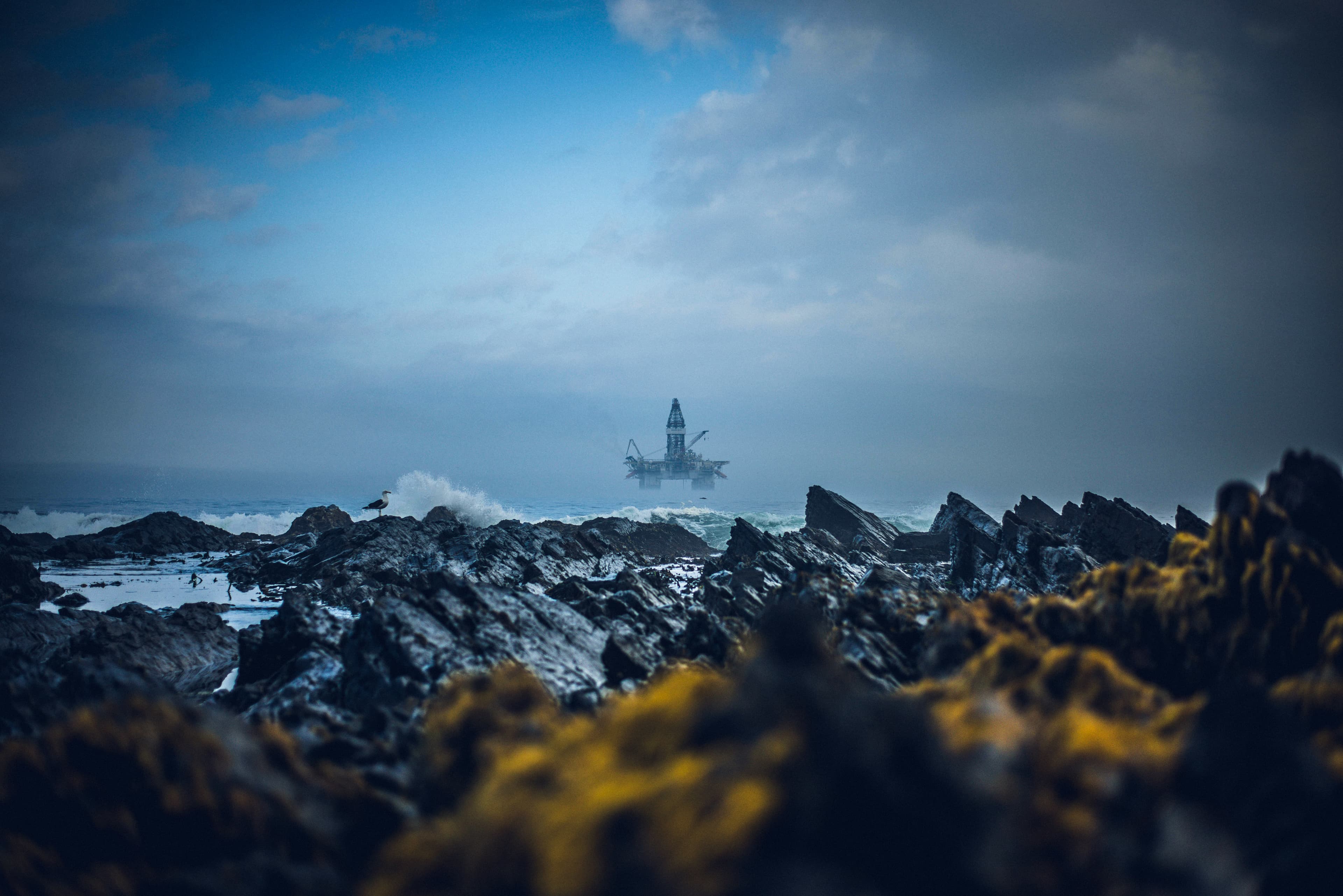
Managing waste from oil rigs is a critical aspect of the oil and gas industry, not only for environmental protection but also for operational efficiency. Let's dive into this topic in a way that's both informative and engaging.
The Journey of Waste Management on Oil Rigs
Understanding the Types of Waste
Firstly, it's essential to know what kinds of waste are produced. Oil rigs generate several types of waste, including:
-
Drilling Fluids and Cuttings: These are the remnants from the drilling process. Drilling fluids, often oil-based or water-based, help in drilling and need to be treated before disposal.
-
Produced Water: This is water that comes to the surface along with oil and gas. It usually contains hydrocarbons and other chemicals.
-
Miscellaneous Waste: This includes everything from discarded machinery parts to domestic waste generated by the crew.
The 3Rs: Reduce, Reuse, Recycle
The oil industry follows the 3R principle:
-
Reduce: Minimizing waste production is the first step. Advanced technologies help in reducing the amount of waste generated during drilling.
-
Reuse: Reusing materials, like certain drilling fluids, is common. For instance, water-based drilling muds can be cleaned and reused.
-
Recycle: Recycling involves processing materials to extract valuable components. Metal scraps, for example, can be recycled.
Treatment and Disposal Methods
-
Treatment of Drilling Fluids and Cuttings: They are often treated on-site. Technologies like centrifuges and shakers separate fluids from solids, allowing fluids to be reused and solids to be disposed of more safely.
-
Handling Produced Water: This water is typically treated to remove hydrocarbons and other contaminants. The cleaned water can be reused or discharged according to environmental regulations.
-
Incineration and Landfills: Non-hazardous waste might be incinerated or sent to landfills. Incineration reduces the volume of waste, but it's crucial to control emissions.
Regulation and Compliance
Oil rigs must comply with strict environmental regulations. This includes:
-
Adhering to guidelines for waste disposal.
-
Monitoring and reporting waste generation and management practices.
-
Ensuring that disposal methods do not harm the environment, like avoiding sea dumping without proper treatment.
Innovation in Waste Management
Innovation is key. New technologies are constantly being developed to improve waste management on oil rigs. For example:
-
Bioremediation: Using microorganisms to break down or neutralize harmful elements in waste.
-
Zero Discharge Systems: These systems aim to eliminate the discharge of pollutants into the environment.
The Environmental Impact and Future Challenges
Managing waste from oil rigs is not just a regulatory requirement; it's a commitment to environmental stewardship. The future challenges involve:
-
Continuously improving waste management technologies.
-
Adapting to changing environmental regulations.
-
Balancing operational efficiency with environmental protection.
Conclusion: A Step Towards a Sustainable Future
Effective waste management on oil rigs is a critical step towards sustainable energy production. By understanding and improving these processes, the oil and gas industry can significantly reduce its environmental footprint, ensuring a safer and cleaner planet for future generations.